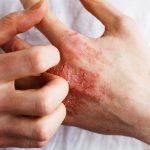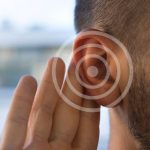
People who carry a gene that’s associated with Alzheimer’s disease may lose their sense of smell long before memory and thinking problems occur, a new study suggests. This early sign of potential dementia is not seen in people who don’t carry this gene, called APOE e4, researchers report July 26 in the journal Neurology. “Testing a person’s ability to detect odors may be a useful way to predict future problems with cognition,” said researcher Dr. Matthew GoodSmith, a resident at the University of Chicago. “While more research is needed to confirm these findings and determine what level of smell loss would predict future risk, these results could be promising, especially in studies aiming to identify people at risk for dementia early in the disease,” GoodSmith added in a journal news release. For the study, the researchers surveyed more than 865 people about their ability to detect an odor and identify what they were smelling. Tests were given over five years. Those with memory or thinking problems were tested twice, five years apart. The investigators also took DNA samples. People who carried the gene variant for Alzheimer’s were 37% less likely to have good odor detection than people without the gene, the researchers found. Those with the gene experienced reduced smell detection from age 65 to 69. At that age, gene carriers could detect an average… read on > read on >



























-300x200.jpg)










